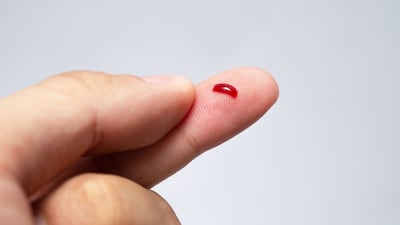Cryptogenic stroke can be a very frustrating and challenging diagnosis for neurologists and cardiologists. Approximately 30% to 40% of the 795,000 strokes that occur every year in the US are cryptogenic, meaning they are strokes of unknown etiology (see Exhibit 1.) Knowing the cause of a stroke is very important, as it allows physicians to treat patients more appropriately and hopefully prevent another stroke from occurring. The standard pharmacologic treatment for cryptogenic stroke is aspirin or clopidogrel (Plavix) or one of the other antiplatelet therapies. However, many cryptogenic stroke patients have occult paroxysmal atrial fibrillation (PAF) – a major risk factor that makes a person five times more likely to have an acute ischemic stroke (AIS), according to the National Stroke Association. A diagnosis of PAF allows physicians to change therapy from the antiplatelet class of drugs to anticoagulants, as research suggests these drugs are more effective at reducing the risk of stroke in this population. In fact, studies have found anticoagulation therapy initiated after detection of atrial fibrillation (AF) provides an additional 40% risk reduction of stroke compared with antiplatelet therapy alone.
Exhibit 1
Read the full article – start your free trial today!
Join thousands of industry professionals who rely on Medtech Insight for daily insights
- Start your 7-day free trial
- Explore trusted news, analysis, and insights
- Access comprehensive global coverage
- Enjoy instant access – no credit card required
Already a subscriber?




